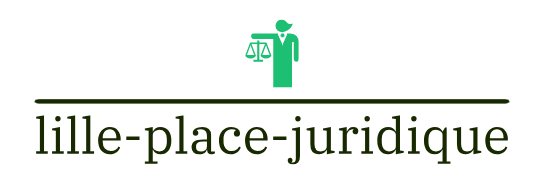Understanding Your Target Market: More Than Just Dogs
Before you even think about fluffy towels and squeaky toys, you need a solid grasp of your ideal customer. Are you targeting busy professionals with high-earning potential, families with multiple dogs, or perhaps owners of specific breeds with unique needs? Understanding their demographics, lifestyles, and priorities will inform every aspect of your business, from pricing to marketing.
Location, Location, Location: Finding the Perfect Spot
The success of your dog daycare hinges heavily on its location. Consider factors like accessibility (ample parking, public transport links), visibility (a prominent location with high foot traffic), and zoning regulations. Remember, a convenient location for dog owners translates directly to more clients. Don’t forget about nearby competition – understanding their strengths and weaknesses can inform your own strategy.
Designing a Safe and Stimulating Environment
Safety is paramount. Your daycare needs to be securely fenced, with escape-proof gates and doors. The play areas should be appropriately sized for different dog breeds and energy levels, providing both open space for running and quieter zones for relaxation. Invest in durable, high-quality equipment that’s easy to clean and sanitize. Think about different textures, sounds, and smells to keep things interesting for the canine clientele.
Staffing Your Pack: Hiring the Right People
Your staff are the heart of your dog daycare. Look for individuals who genuinely love dogs and possess a calm, confident demeanor. Experience handling various breeds and temperaments is essential, as is the ability to recognize and respond to canine body language. Thorough background checks and first-aid/CPR training are non-negotiable. A well-trained, passionate team will build trust with clients and ensure a positive experience for all dogs.
Building a Strong Brand and Marketing Strategy
In a competitive market, a strong brand is crucial. Develop a memorable name and logo, and define your unique selling proposition (USP). What makes your daycare stand out from the competition? Is it your specialized training programs, your focus on specific breeds, or perhaps your luxurious amenities? Promote your services through various channels – social media, local partnerships, online directories, and even flyers. High-quality photos and videos showcasing happy dogs are essential.
Establishing Clear Policies and Procedures
Clear communication is key to avoiding misunderstandings and potential conflicts. Develop comprehensive policies covering everything from enrollment procedures and vaccination requirements to emergency protocols and disciplinary actions. These policies should be readily accessible to clients and enforced consistently. Transparency builds trust and protects both your business and your clients’ beloved pets.
Financial Planning and Management
Running a successful dog daycare requires careful financial planning. Develop a detailed business plan that outlines your startup costs, operating expenses, and projected revenue. Establish a robust pricing strategy that reflects your costs, the value you provide, and the market rate. Track your income and expenses diligently, and consider investing in accounting software to streamline your financial management.
Implementing Effective Communication with Clients
Regular communication with clients is vital for building relationships and fostering loyalty. Provide daily updates on their dogs’ activities, perhaps through photos or short videos. Be responsive to queries and concerns, and proactively address any issues that may arise. Consider implementing a client portal or app for easy access to information and scheduling.
Continuously Improving and Expanding Services
The dog daycare industry is constantly evolving. Stay abreast of industry trends, best practices, and new technologies. Invest in ongoing training for your staff and explore opportunities to expand your services, such as adding grooming, training, or boarding options. Regularly solicit feedback from clients to identify areas for improvement and ensure that your daycare continues to meet the needs of your customers.
Ensuring Legal Compliance and Insurance
Operating a dog daycare involves various legal and regulatory requirements. Familiarize yourself with all relevant licenses, permits, and insurance policies. Ensure that your facility complies with local zoning laws, health and safety regulations, and animal welfare standards. Consult with legal and insurance professionals to ensure that your business is adequately protected. Visit here for dog daycare tips.






